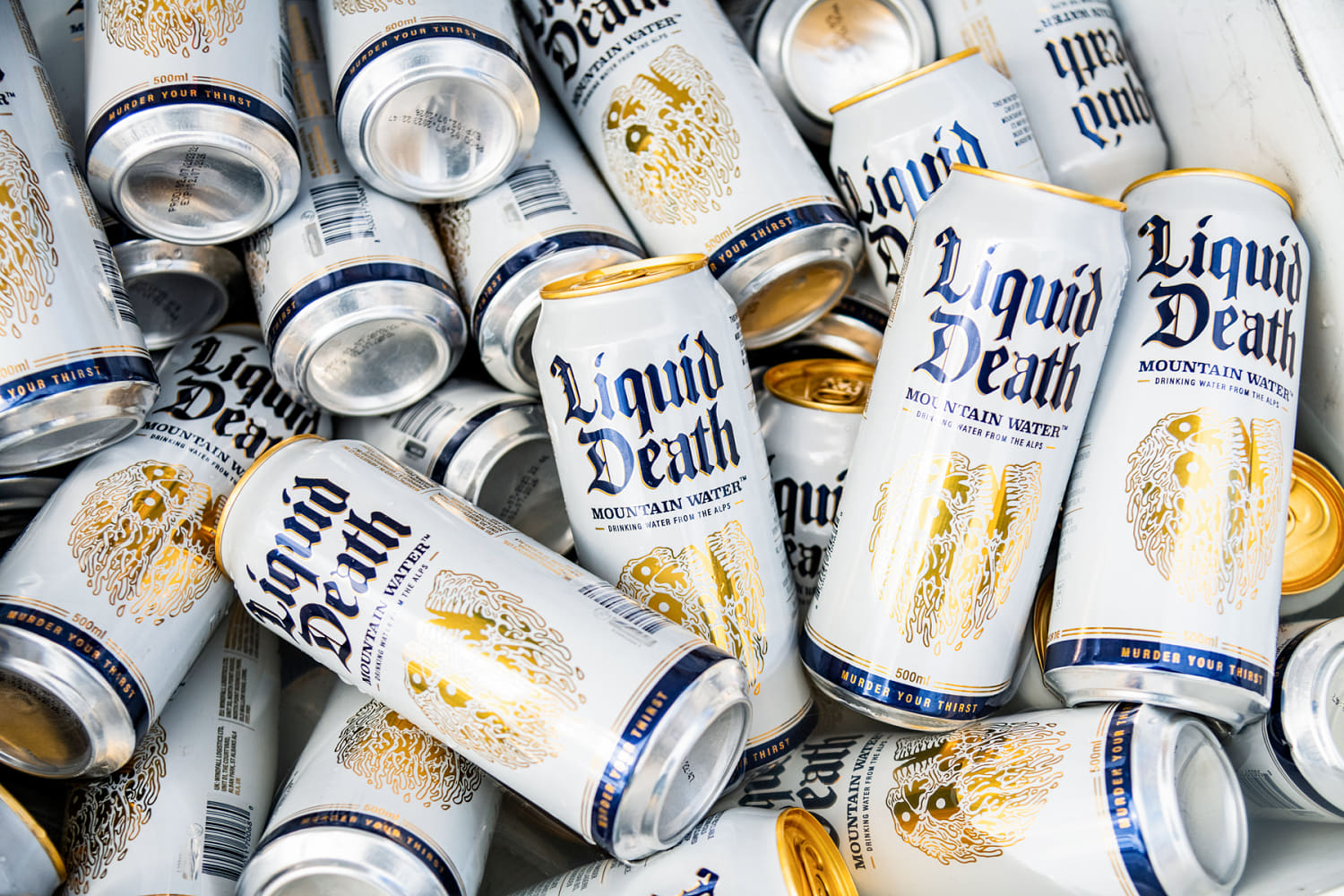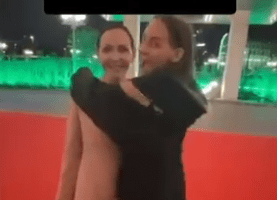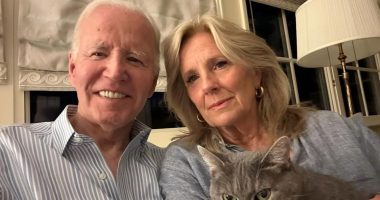Share this @internewscast.com

If you’ve been to a live event recently, you may have noticed something called Liquid Death being sold at food and drink stands.
For those not in the know, the name may be a little intimidating. But “Liquid Death” is just water in a can.
Now the brand, which has been independently owned and operated since its creation in 2017, has raised a new round of investment that values it at $1.4 billion.
In a release Monday, Liquid Death said it had hit $263 million in global sales and can be found in 113,000 retail outlets across the U.S. and U.K. It said it had seen “triple-digit” growth for the third-consecutive year, becoming the fastest-growing water and iced tea brand, citing SPINS, a market research group.
If it seems surprising that a company just selling water is growing this fast — that’s the point, experts say.
“The fact that it’s just water … is the key to Liquid Death’s success so far,” said Brad Avery, senior reporter for industry news group BevNET, told NBC News in an email. “When you look at branding in the bottled water category, so much of it has revolved around themes like the purity of the water, superior levels of hydration, etc. Liquid Death took off in part because it was a subversion of all the tropes of bottled water marketing that we’re familiar with.”
Selling water like alcohol
In other words, the branding is one of the main selling points. The name “Liquid Death” refers to the idea of “murdering your thirst,” as well as “death to plastic,” according to founder and CEO Mike Cessario. Liquid Death beverages are packaged in aluminum, which is more recyclable than plastic.
“We want to create truly healthy, better-for-you beverages, but just do so in the same funny way that typically unhealthy brands get marketed,” Cessario said in an interview with NBC News.
He said junk food brands and beer are also known for using comedy, but do so in the service of selling an unhealthy product.
“We’re making fun of the s—– corporate marketing that everyone hates,” Cessario said. “People now spend $10 a month for ad-free services because they have no entertainment value. We’re making fun of marketing with our brand.”
The brand has also grown a large following on social media, with five million followers on TikTok and 2.9 million on Instagram. Cessario, whose background includes working on viral campaigns for Netflix shows like “Stranger Things” and “House of Cards,” has worked with influencers like Blink 182 drummer Travis Barker, former “Jackass” star Steve-O and comedian Bert Kreischer — the latter of whom is now an official investor.
The company’s TikToks usually rack up hundreds of thousands of views, with one getting nearly 23 million.














